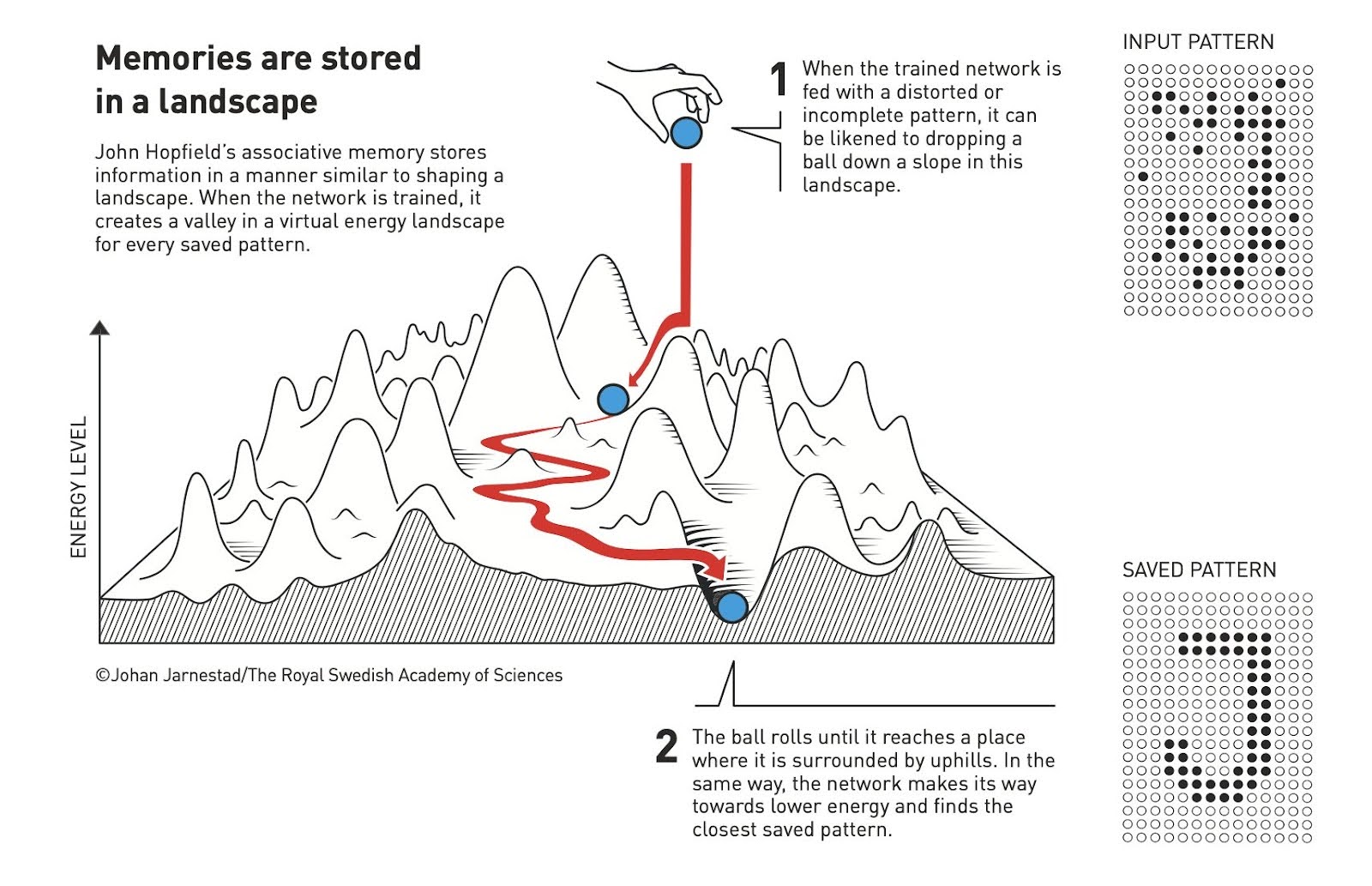Memories are stored in a landscape graphic
Updated on

The image shows how both brains and computers “remember” by reinforcing paths that get used more often. Think of it like carving a groove down a hill—the more something rolls down that path, the deeper it gets.
Marketing analysis
Great marketing works the same way. The more often your audience hears consistent messages, visuals, and tone, the stronger those mental pathways become. Over time, your brand “settles” into their memory valley.
Why it works
- Repetition deepens recall (cognitive fluency).
- Consistent brand cues lower “energy” to remember you.
- Reinforcement builds trust and pattern recognition.
- Emotional resonance strengthens neural connections.
Examples
- Nike’s “Just Do It” repeated since 1988.
- Apple’s clean visuals and white space prime recall.
- Coca-Cola’s red logo instantly triggers a mental “brand valley.”
- Geico repeats the same 15-minute message endlessly.
- McDonald’s “I’m Lovin’ It” used over 20 years of ads worldwide.
Analyzed by Swipebot
Loading analysis...